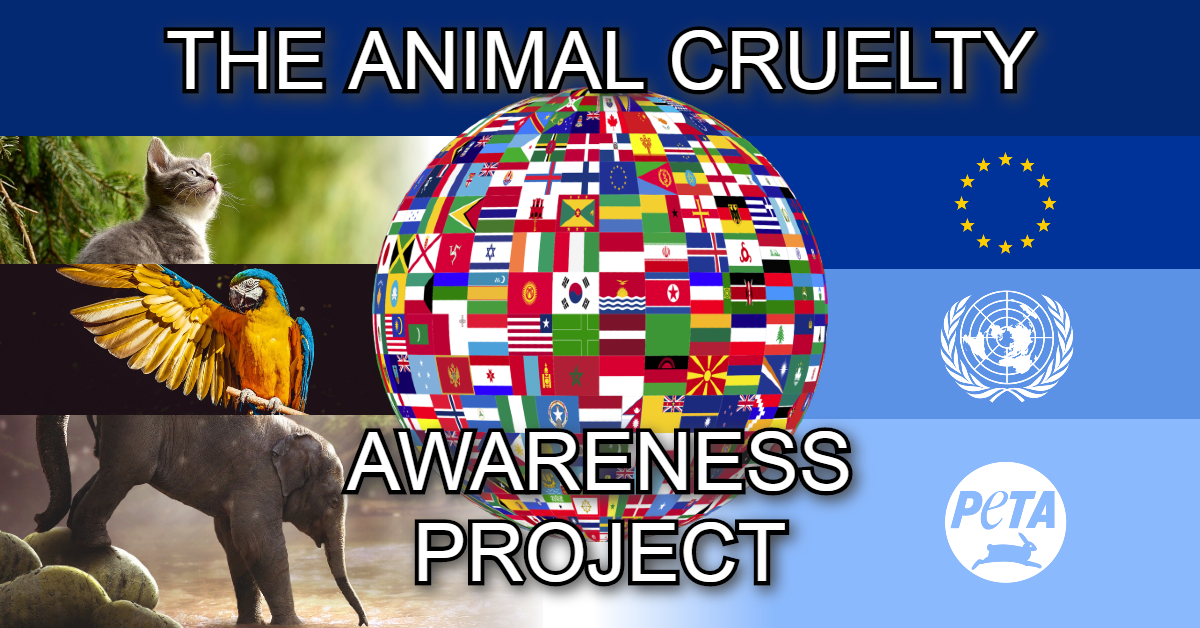Animal cruelty, in its multifaceted forms, has remained an insidious blight on modern society. It encapsulates a range of acts from neglect and abandonment to outright violence against animals. Surprisingly, the media landscape is replete with coverage on a plethora of subjects: from political unrest to celebrity scandals, yet animal cruelty often languishes in the shadows. The question arises—should animal cruelty command a more prominent place within media discourse?
The first facet to consider is the societal implications of animal cruelty. Historically, societies that exhibit compassion towards animals tend to have lower rates of violence against humans. This correlation suggests that the treatment of animals is not merely a matter of ethical or moral concern; rather, it serves as an ominous reflection of societal health. When animal cruelty stories are relegated to the back pages of our newspapers or the periphery of our news broadcasts, the gravity of the issue is diminished, potentially exacerbating the cycle of violence.
A compelling argument for increased media coverage lies in the emotional resonance that these stories evoke. Heart-wrenching narratives about animals suffering can trigger profound reactions from the public. When depicted with honesty and compassion, these accounts have the potential to galvanize communities to action. However, the challenge is to avoid sensationalism, which often undermines the seriousness of the issue. A measured yet impactful approach can captivate audiences, invoking empathy rather than mere curiosity.
Moreover, there exists a considerable gap in public awareness when it comes to the different forms of animal cruelty. Without comprehensive media coverage, the general populace may remain oblivious to the systematic abuse occurring within industries such as factory farming, fur production, and animal testing. By providing in-depth investigative reporting, media outlets can illuminate shady practices and foster informed discussions among viewers. Such reporting can serve as a catalyst for policies that protect animal welfare, effectively encouraging legislative reforms.
Furthermore, the internet and social media platforms have transformed how information is disseminated. In an era dominated by digital communication, utilizing these channels can enhance outreach efforts. Campaigns that harness the power of social media have demonstrated the capability to unite pet lovers, advocate for legislation, and drive donations. This has allowed grassroots movements to flourish, but the role of traditional media should not be underestimated. Combining digital advocacy with conventional journalism can lead to stronger, more sustained campaigns against animal cruelty.
Conversely, some may argue that the focus on animal cruelty diverts public attention from pressing human concerns. This argument, however, is steeped in a misunderstood divide between human welfare and animal welfare. The intersectionality of these issues suggests that advocacy for animal rights is inherently linked to broader societal issues such as poverty, inequality, and systemic violence. By framing animal cruelty within the context of social justice, media coverage can bridge the chasm separating human and animal rights advocates, using common ground to foster united fronts for change.
The sensationalized portrayal of animal cruelty can also have deleterious effects. When media coverage focuses on flailing narratives—such as dramatic rescue stories—there is a risk of desensitization. Regular exposure to such stories may engender apathy among viewers, reducing their engagement with the issue. To mitigate this, media must adopt an educational tone that emphasizes sustainability and long-term solutions instead of fleeting emotional responses.
Moreover, increased media scrutiny on animal cruelty can also bolster existing animal welfare organizations. Highlighting the tireless work of shelters, rescue organizations, and advocacy groups can inspire a culture of support for these institutions, ultimately leading to better outcomes for the animals involved. Communities that foster a sense of responsibility towards animals often engage in proactive behaviors, such as volunteering, adopting, and educating others about cruelty prevention. Thus, media plays a critical role in fostering a culture of care and stewardship.
The portrayal of animals as sentient beings deserving of empathy and respect is crucial in shifting public opinion. Long gone are the days when animals were merely viewed as property; contemporary perspectives increasingly recognize their intrinsic value. Stories that highlight this evolving understanding can spearhead conversations that reshape societal norms. Discussions around topics such as companion animal rights, ethical treatment in laboratories, and humane farming practices are imperative for a society that values compassion.
In conclusion, the media plays an instrumental role in shaping public perception and understanding of animal cruelty. By adopting a more comprehensive and thoughtful approach to coverage, it can elevate the importance of animal welfare issues. Rather than relegating these stories to footnotes, a commitment to exploring and elucidating the various facets of animal cruelty can initiate significant societal change. Animal cruelty is not merely an isolated concern; it mirrors broader ethical dilemmas faced by society today. Therefore, dedicated, empathetic, and effective media coverage is not just a recommendation—it is a moral obligation. A paradigm shift in perspective on animal treatment could very well redefine our collective conscience and lead us toward a more compassionate future.








